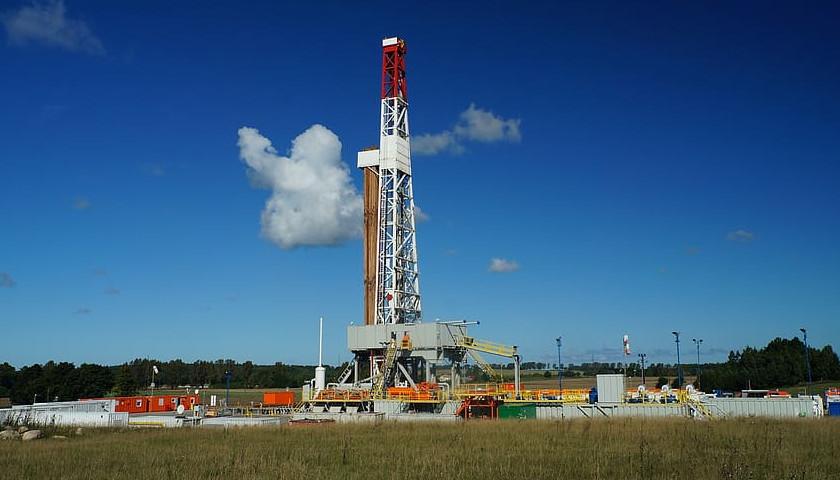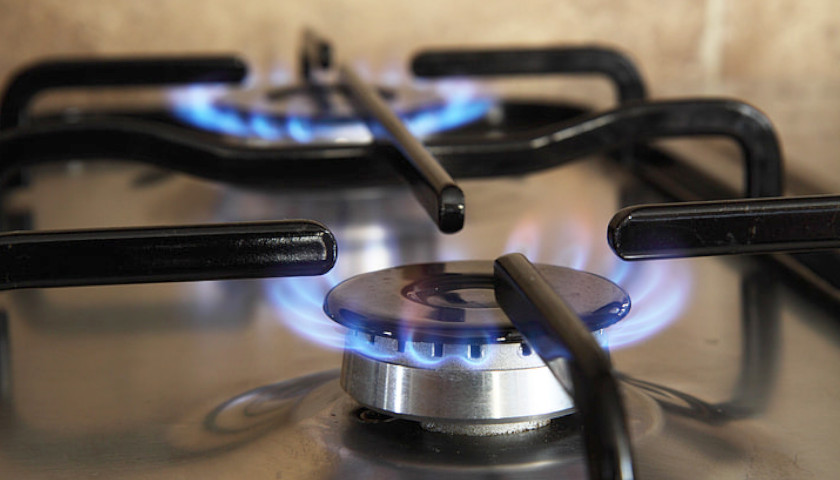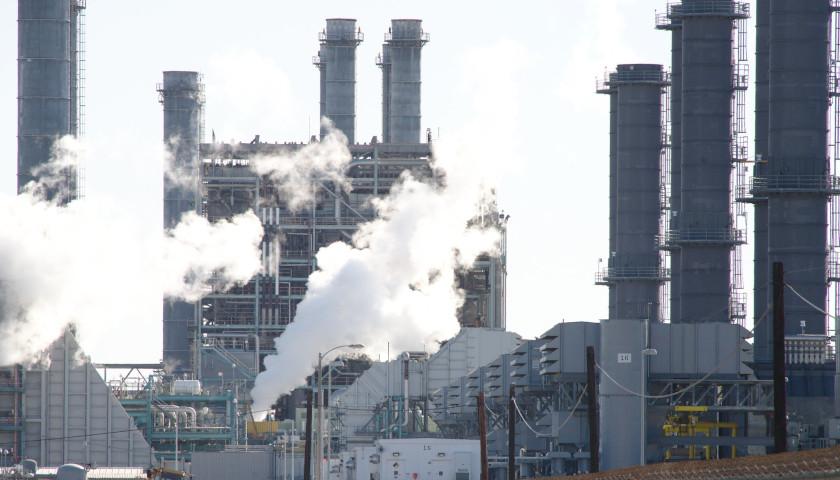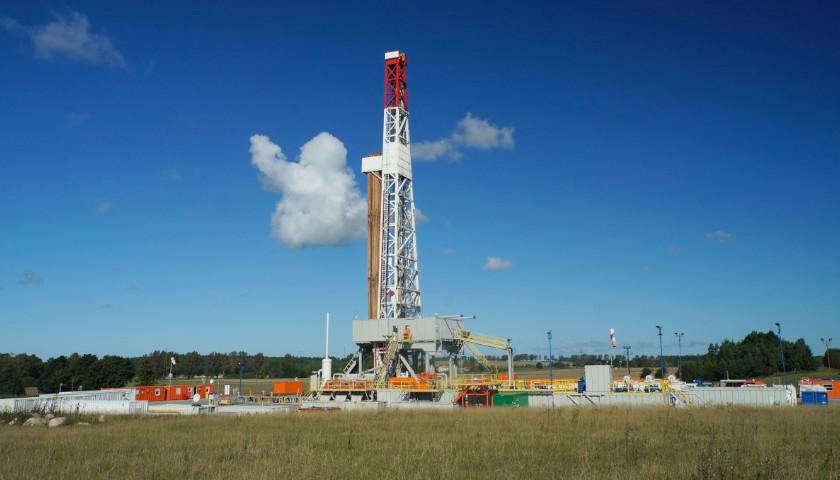by Anthony Hennen
A boom year from natural gas impact fees in 2022 could be followed by a dramatic drop in payments, according to a recent analysis.
The data suggests that, rather than setting a new floor and bringing in steady funding in the future, recent record-setting payments are a blip.
The analysis, from the Independent Fiscal Office, is a sobering warning to counties and municipalities that get millions from the fee payments.
“Impact fee revenues for (calendar year) 2023 are estimated to range from $180 million to $185 million, a reduction of $94 million to $99 million from the prior year, and the largest year-over-year decline since the fee’s inception,” the IFO report noted.
That 33%-35% decline wouldn’t be the lowest in recent years, however. In 2020, a slowdown due to the pandemic meant only $146 million in payments. The lowest payments of the recent past have been in 2020 and the $173 million of payments in 2016, according to the Pennsylvania Public Utility Commission.
The report puts a damper on last week’s news of $279 million in payments for 2022, as The Center Square previously reported, up 19% from 2021.
The expected revenue drop in 2023 has two driving forces: lower natural gas prices and fewer wells drilled.
In 2022, the natural gas price hit “the highest annual average since the impact fee’s inception,” the IFO noted, at $6.64. For 2023, the office estimates the price will be $2.85, meaning that new well fees would fall 25% and fees for wells in the second and third years of operation would fall 36%.
Payments are also driven by new wells, but growth in the natural gas industry is petering out. New wells pay higher fees, but 22% fewer wells have been drilled from January to June compared to a year ago. While a horizontal well paid more than $69,000 in fees in its first year, that falls to $57,500 in year three and $23,000 for years 4-10.
While production has slowed down in Pennsylvania, natural gas production has gone up in other states. Producers blame pipeline capacity issues that limit how much natural gas they can export, as The Center Square previously reported. Hedging to limit their exposure to risk, too, in response to high prices, also slows down production.
– – –
Anthony Hennen is a reporter for The Center Square. Previously, he worked for Philadelphia Weekly and the James G. Martin Center for Academic Renewal. He is managing editor of Expatalachians, a journalism project focused on the Appalachian region.








